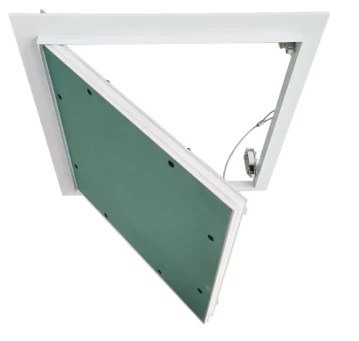- Afrikaans
- Albanian
- Amharic
- Arabic
- Armenian
- Azerbaijani
- Basque
- Belarusian
- Bengali
- Bosnian
- Bulgarian
- Catalan
- Cebuano
- Corsican
- Croatian
- Czech
- Danish
- Dutch
- English
- Esperanto
- Estonian
- French
- German
- Greek
- Hindi
- Indonesian
- irish
- Italian
- Japanese
- Korean
- Lao
- Malay
- Myanmar
- Norwegian
- Norwegian
- Polish
- Portuguese
- Romanian
- Russian
- Serbian
- Spanish
- Swedish
- Thai
- Turkish
- Ukrainian
- Uzbek
- Vietnamese
ພ.ຈ. . 17, 2024 01:30 Back to list
gypsum and grid ceiling
Gypsum and Grid Ceilings A Comprehensive Overview
In the realm of interior design and architecture, ceilings play a crucial role in defining the ambiance and functionality of a space. Two popular choices for contemporary ceiling design are gypsum ceilings and grid ceilings. Both options offer unique benefits and aesthetics, making them suitable for various applications in residential and commercial settings.
Gypsum Ceilings
Gypsum ceilings are constructed using gypsum board (also known as drywall), which is a versatile material made from gypsum plaster sandwiched between two layers of thick paper. This type of ceiling is favored for its ability to create smooth, seamless surfaces that can be easily painted or finished.
One of the significant advantages of gypsum ceilings is their fire resistance. Gypsum has inherent properties that allow it to withstand high temperatures, making it a preferred choice for buildings that require enhanced safety measures. Additionally, gypsum ceilings provide excellent sound insulation, making them ideal for spaces where noise reduction is a priority, such as offices, schools, and residential homes.
Gypsum ceilings also allow for intricate designs and can accommodate various architectural elements, such as curves, arches, and unique patterns. This adaptability means that designers can create visually stunning and customized ceiling features that contribute to the overall aesthetic of the room. Furthermore, gypsum board can be easily modified to install lighting fixtures, air vents, and other utilities, enhancing its functionality.
Grid Ceilings
gypsum and grid ceiling

On the other hand, grid ceilings, also known as suspended or dropped ceilings, consist of a framework of metal grids that support lightweight ceiling tiles. This system is widely used in commercial buildings, schools, and hospitals due to its practicality and ease of installation. The tiles can be made from various materials, including mineral fiber, fiberglass, or metal, offering a range of aesthetic options.
One of the primary benefits of grid ceilings is accessibility. The suspended design allows easy access to the space above the ceiling, making it convenient for maintenance and repairs of plumbing, electrical wiring, and HVAC systems without disturbing the main ceiling. This feature is particularly advantageous in commercial settings, where ongoing maintenance is often necessary.
Grid ceilings are also effective for sound absorption, reducing echo and creating a more pleasant acoustic environment. Moreover, they come in various styles and designs, allowing for customization to suit different interior aesthetics. The ability to easily replace individual tiles is another significant advantage, as it simplifies repair processes if tiles become damaged.
Conclusion
Both gypsum and grid ceilings have their distinct advantages, making them suitable for different interior environments. Gypsum ceilings offer an elegant, seamless finish and enhanced fire resistance, while grid ceilings provide practicality with easy access and maintenance capabilities. The choice between the two ultimately depends on the specific needs of the space, the design preferences, and the intended use of the area.
When planning a new construction or renovation project, considering the ceiling system is essential to achieving the desired functionality and aesthetics. Whether you opt for the refined look of gypsum ceilings or the practical advantages of grid ceilings, both options can significantly enhance the overall design and performance of your space.
-
Transform Interiors with PVC Gypsum Ceiling: A Stylish, Durable, and Moisture-Resistant SolutionNewsMay.19,2025
-
The Smart Interior Upgrade: Discover the Durability and Versatility of Gypsum Ceiling Access Panel SolutionsNewsMay.19,2025
-
The Smart Choice for Interior Design: Discover the Value of PVC Gypsum Ceiling SolutionsNewsMay.19,2025
-
Mineral Fiber Ceiling Tiles: The Smart Blend of Performance and AestheticsNewsMay.19,2025
-
Mineral Fiber Ceiling Tiles: The Superior Choice Over Gypsum for Sound and Fire SafetyNewsMay.19,2025
-
Mineral Fiber Ceiling Tiles: Eco-Friendly Strength and Style for Every CeilingNewsMay.19,2025







